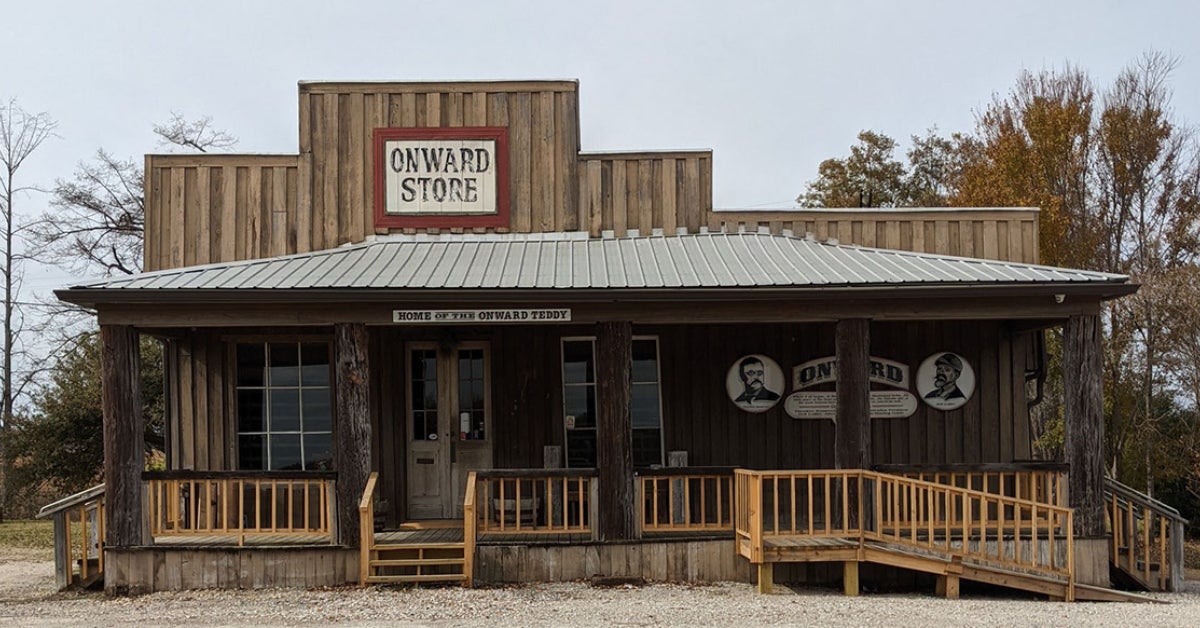Park seeks to restore 9 acres to war days
Published 12:00 am Friday, October 29, 2004
Natural Resources Program Manager Kurt Foote, left, answers questions from Paul Hadala of Vicksburg about the proposed restoration work the the Vicksburg National Military Park. (Brian LodenThe Vicksburg Post)
[10/29/04]The Vicksburg National Military Park is accepting public comment about its plan to restore Railroad Redoubt to appear as it did during fighting in 1863.
The phased project involves removing vegetation from about nine acres around Tour Stop 13.
“It allows us to open up the vistas and see the park as soldiers saw it in 1863,” said Parker Hills, president of the Friends of Vicksburg Campaign and Historic Trail.
The area is where Union troops made a critical advance to seize the railroad during the Civil War. Control of Vicksburg meant control of the Mississippi River and dividing the Confederacy. Congress created the park as a historic preserve in 1899.
Three options are being proposed:
Leave a 50-foot-wide buffer and leave trees that are greater than 4 feet in diameter
Clear the area and compensate by re-vegetating Fort Hill
Leave the area as it is.
Park officials prefer the first option, said Superintendent Monika Mayr.
“It meets that mandate that Congress gave to restore the battlefield to its 1863 appearance,” she said.
Hills also favors the first option for several reasons. A retired Army brigadier general, Hills has trained modern soldiers on the park’s grounds since 1986. Opening up the new lands will improve training for soldiers, he said.
Clearing the land will improve the park, he said.
“It’s being done in a manner that’s still preserving the natural beauty of the park,” Hills said.
It is also important for those who wish to really see how the battle took place, he said.
“It’s impossible to see troop movement as it was,” Hills said.
Mayr said a cost estimate was not yet available. The first phase will affect three to five acres. Park officials hope to start the project in the spring in order to coincide with grass-planting season.
Public comment will be accepted until Nov. 10. Mayr said the early response was positive.
“So far people have been supportive of what we’re proposing because they realize it’s our mandate,” she said. “Right now, you look out there and it’s hard to imagine two armies waging a war, firing cannons through the thick woods.”
The main portion of the park is 1,736 acres. Visitation ranges as high as 1 million people per year.





